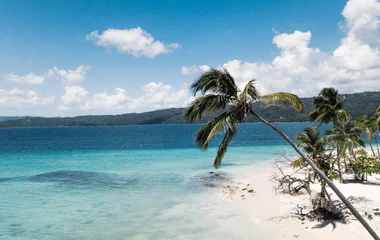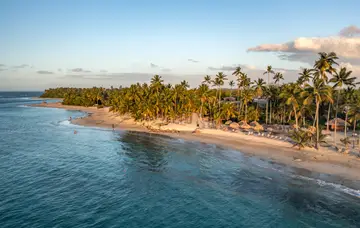
What to expect depending on the month you visit
Dominated by a tropical climate, the Dominican Republic enjoys warm temperatures year-round. Yet, the experience of visiting this island nation can shift dramatically depending on the time of year. The dry season, from December to April, is the most popular time for travel thanks to its low humidity, consistent sunshine and minimal rainfall. This is considered the high season and often coincides with the winter holidays in the United States.
The wet season, from May through November, brings more rainfall and increased humidity. Though not as predictable, it’s generally quieter and more budget-friendly, making it ideal for those looking for fewer tourists and more authentic experiences. However, this time also overlaps with hurricane season, which peaks from August to October. While direct hits are rare, tropical storms can still cause travel disruptions, so it’s smart to consider travel insurance during this time. Despite the risk of rain, the wet season has its benefits. Landscapes are lush, waterfalls are flowing and accommodations are more affordable. Whether you’re hiking through national parks or relaxing in Las Terrenas, planning your trip around seasonal weather patterns ensures a smoother, more enjoyable experience.
The Dominican Republic’s peak season falls during the dry months of December through April. This high season brings in travelers from across the globe, especially from the United States and Europe, who are seeking a break from colder climates. It’s also when resorts and attractions in destinations like Club Med Punta Cana, La Romana and Puerto Plata are most vibrant. While the dry season offers sunny skies and ideal beach weather, it also means bigger crowds and higher prices. If your ideal vacation includes socializing, lively resorts and fully operational excursions, then this is the best time to visit Dominican Republic regions in full swing.
On the other hand, the off-peak season (May to November) offers a different kind of charm. Not only are flights and hotels more affordable, but the quieter atmosphere gives you room to explore at your own pace. Whether you're wandering the historic streets of Santo Domingo or taking in the scenic beauty of Samaná Bay, traveling during off-peak months is a travel tip seasoned explorers swear by. If you’re looking to enjoy all the country has to offer while avoiding crowds, shoulder months like May and November strike a perfect balance between good weather and fewer tourists.





